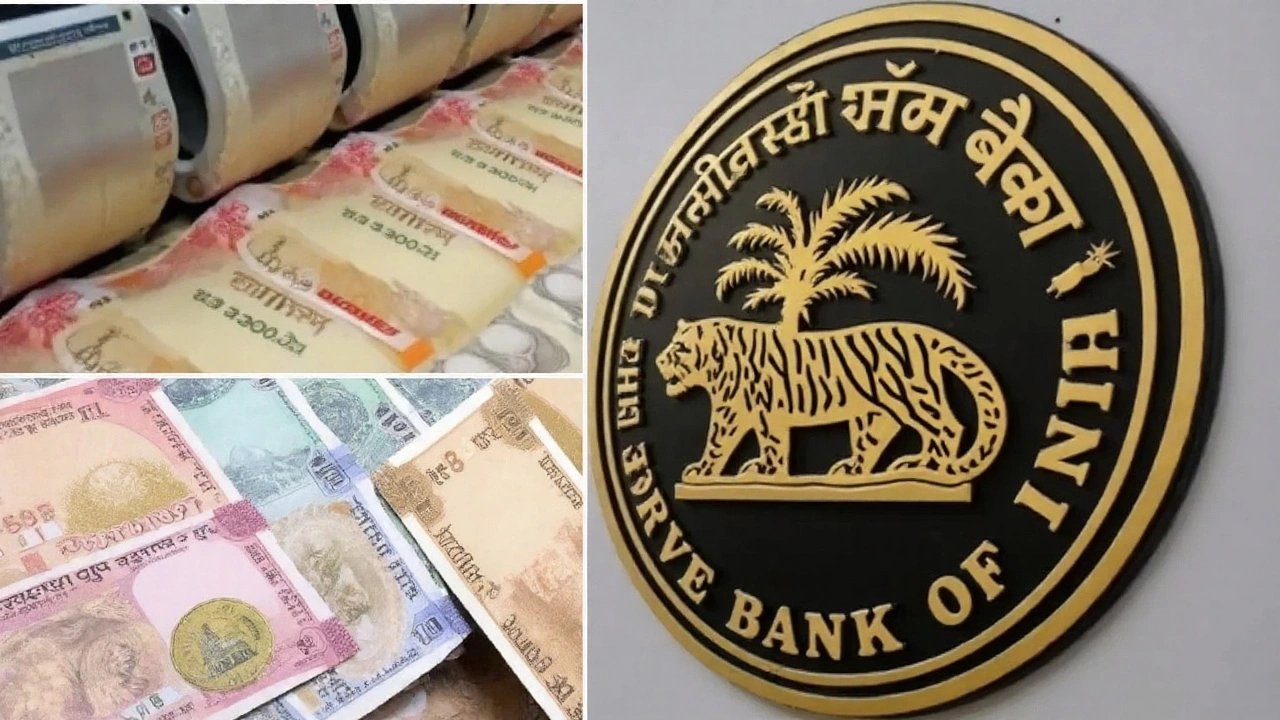YouTuber Allegations: What’s Really Going On?
Every time a big name on YouTube gets called out, the comment section explodes. From accusations of plagiarism to claims of hidden sponsorships, these stories spread fast and often leave fans confused. In this guide we break down the most common types of allegations, why they matter, and how you can tell if a claim is worth believing.
Common Types of Allegations
Most drama falls into a few familiar buckets. First, there are copyright and plagiarism claims – people say a creator lifted video ideas, music, or graphics without permission. Next, you’ll see sponsorship and advertising disputes, where followers feel a YouTuber didn’t disclose a paid partnership. Third, personal behavior accusations surface, ranging from offensive remarks to more serious misconduct. Finally, some creators face allegations about fake subscriber numbers or view‑boosting services. Knowing the category helps you understand the stakes and the evidence you might expect.
How to Spot Reliable Info
When a rumor pops up, pause before sharing. Look for a source that links to original documents, court filings, or a direct statement from the involved parties. Reputable news sites and official press releases usually provide more context than a single tweet or a rumor thread. Check the timeline – a real issue often has multiple independent reports over several days. If a claim only appears on fan forums without any corroboration, treat it with caution.
Another useful trick is to see how the YouTuber responds. A transparent apology, a clear denial with evidence, or a request for a private discussion usually indicates they’re taking the matter seriously. Silence or vague statements can mean they’re still deciding how to handle it, but it’s not a guarantee of guilt. Watching the creator’s past behavior also helps – have they faced similar accusations before? Patterns can reveal whether an allegation is an isolated incident or part of a bigger issue.
It’s easy to get caught up in the drama, especially when you love a creator’s content. But remember, false accusations can damage careers just as much as real wrongdoing can harm audiences. By checking sources, noting response patterns, and staying aware of the allegation type, you’ll be better equipped to separate fact from hype.
Bottom line: YouTuber allegations will keep popping up because the platform is huge and the audience is hungry for gossip. Staying critical, looking for evidence, and giving creators a chance to explain will keep you from spreading misinformation and help you enjoy the content you love without the noise.
Abhinav Arora Vrindavan: Inside the 'Bal Sant' Video Uproar and What We Actually Know
Brief clips of a Bal Sant in Vrindavan sparked a controversy around a cleaning video and YouTuber allegations. Verified facts are thin, but the noise is loud. Here’s what’s known, what’s missing, and how to judge viral claims. We also unpack the child-safety, monetization, and legal angles that shape such online storms.
